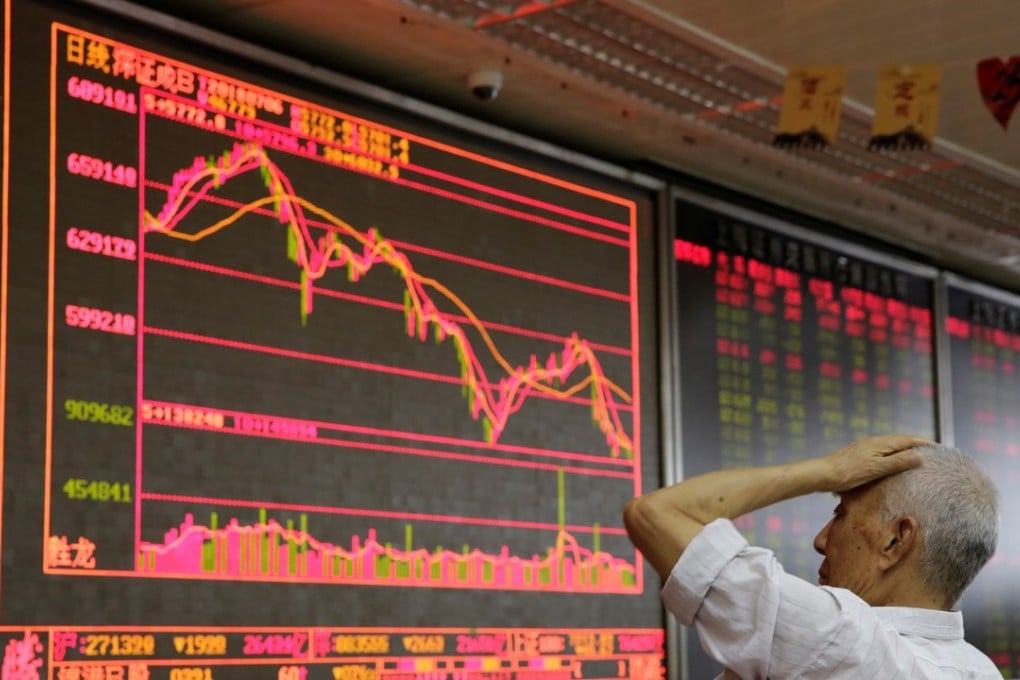Could China find itself at the centre of the next financial crisis because of its mounting debt?
China has been a force of stability in recent financial downturns, but may play a different role in future crises, analysts said.

Ten years ago on Saturday, the investment bank Lehman Brothers Holdings collapsed overnight into bankruptcy as the global financial system teetered on the brink of ruin.
It marked a pivotal week that saw the US government move in to save the insurance giant American International Group and issue a massive bailout to America’s banks. The major US indexes lost 4 per cent of their value and long-time names on Wall Street, including Merrill Lynch, were absorbed into other banks in the coming days.
The contagion spread to other parts of the world and the ensuing financial crisis, sparked by a collapse in the US housing market, ultimately destroyed US$34.4 billion in wealth globally when equity markets hit their lowest point in March 2009, according to the Roosevelt Institute, a US think tank.
China did not suffer the same kind of extended malaise that plagued many of the world’s economies and recovered at a much quicker pace than the United States and Europe. Much like it did during the Asian financial crisis a decade earlier, China served as a stabilising force amid the turmoil.
However, China’s role in the next financial downturn may be a very different one as its level of borrowing has grown dramatically in the past decade and its economy continues to evolve, analysts said.

Haibin Zhu, J.P. Morgan chief China economist, said that China’s debt is a “key source of vulnerability,” even though much of it is domestic and owned by the country’s public sector.